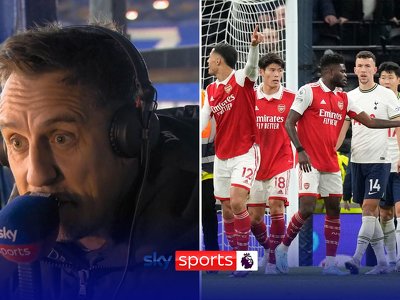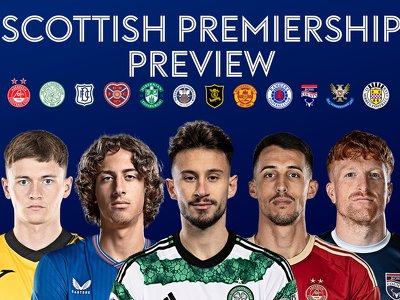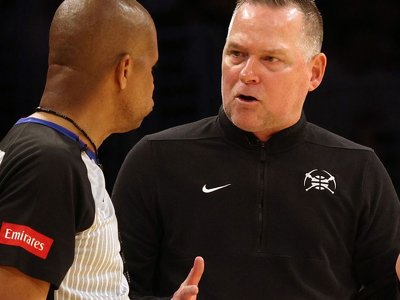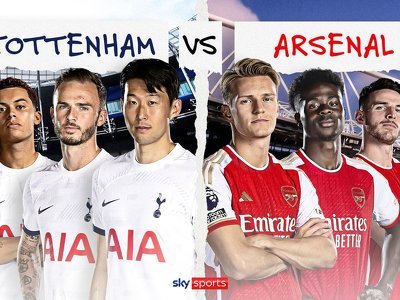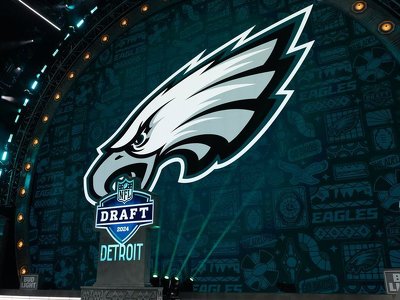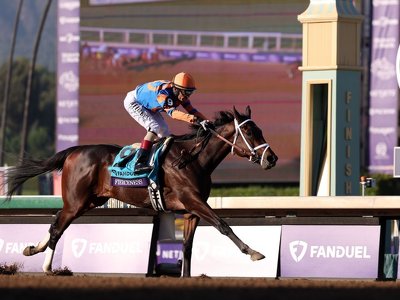Behind the Whistle: Former Premier League referee Chris Foy explains the latest EFL decisions

In Behind the Whistle, former Premier League referee Chris Foy goes through a selection of key match decisions from the latest action in the Sky Bet Championship, League One and League Two.
Behind the Whistle aims to give supporters of EFL clubs an insight into the decision-making considerations and also clarification of certain calls to provide an understanding of how the laws of the game are interpreted.
As part of a regular feature on Sky Sports following the conclusion of a matchday, Foy will be here to run you through some refereeing matters in the EFL…
Please use Chrome browser for a more accessible video player
Incident: Goal - possible offside (Birmingham City)
Decision: Goal ruled out - offside interfering with an opponent (Birmingham City)
Foy says: "The decision to rule out Birmingham City's goal for offside was an excellent one, as the referee and assistant referee put together a 'jigsaw' - the assistant referee can see the attacker in an offside position and the referee can help to determine whether there is a clear impact on the goalkeeper. There were numerous factors to consider here, so the assistant referee's positioning and awareness are really important.
"As the shot comes in towards goal, Birmingham no 3 makes an obvious action by running across the path of the goalkeeper and jumping over the ball.
Stream the Championship on NOW
Get Sky Sports
Live football on Sky Sports this week
Get the latest from David Prutton
"The assistant referee then has to make a decision as to whether or not Birmingham no 3 is offside and, if so, whether his actions impact the goalkeeper.
"Because he makes a run right across the front of the goalkeeper and is in very close proximity, it is undoubtedly the correct decision to disallow the goal as he not only clearly obstructs the goalkeeper's line of vision, by doing so he impacts his ability to make a save."
Please use Chrome browser for a more accessible video player
Incident: Possible penalty - foul (Hull City)
Decision: Penalty awarded (Hull City)
Foy says: "The decision to award Hull City a penalty here highlights the importance of positioning and good movement to create a good viewing angle for a referee when it comes to making key match judgements.
"As Hull City break towards the opponent's goal at pace, the referee makes up ground very well and shows good awareness to be able to position himself where he has a clear view of the contact.
"When Hull's no 45 is tripped inside the penalty area, the referee is positive in awarding a penalty as there is clear contact with consequence, as Watford no 4 does not get a touch on the ball and trips the Hull attacker. Awarding the penalty is the correct decision."
Please use Chrome browser for a more accessible video player
Incident: Possible penalty - holding (Oxford United)
Decision: Penalty awarded (Oxford United)
Foy says: "When awarding a penalty for holding, it is crucial to identify when the holding stops, as holding that starts outside the penalty area but continues inside means that a penalty should be awarded.
"In this case, Stevenage no 6 clearly holds Oxford United no 20 as the attacker is making progress towards the box.
"Whilst the holding is sufficient enough to warrant a foul, replays confirm that the contact stops just before the Oxford United attacker enters the penalty area so, in my view, the correct decision would have been to award a free-kick just outside the penalty area."
Please use Chrome browser for a more accessible video player
Incident: Possible penalty - foul (Doncaster Rovers)
Decision: Penalty awarded (Doncaster Rovers)
Foy says: "In a game with so much at stake in the League Two play-off race, the referee demonstrates good awareness and assertiveness in their decision to award Doncaster a spot-kick.
"With the quickly developing phase of play and the way in which Barrow no 6 pulls his feet away after making contact, it would have been easy for the referee to wave play on or potentially suspect simulation.
"However, because the referee is very well positioned, he is able to identify that the Barrow defender does make contact, with the consequence of tripping Doncaster no 20 and correctly awards a penalty."
Please use Chrome browser for a more accessible video player
Incident: Possible second caution (Bradford City)
Decision: Second caution shown - red card (Bradford City)
Foy says: "While already on a caution, Bradford City's no 7 runs a huge risk of picking up a second yellow by pulling back the Walsall player who is advancing into an attacking position, preventing him from being able to cross the ball into the box
"While the contact is not necessarily sustained, the action of pulling him back was a non-footballing one, prevents progress, and therefore meets the threshold for a second yellow card so, in this case, the referee makes the correct decision."
Stream Sky Sports live with no contract on a Month or Day membership on NOW. Instant access to live action from the Premier League, EFL, F1, England Cricket and so much more.
- Last
News by day
4 of May 2024
